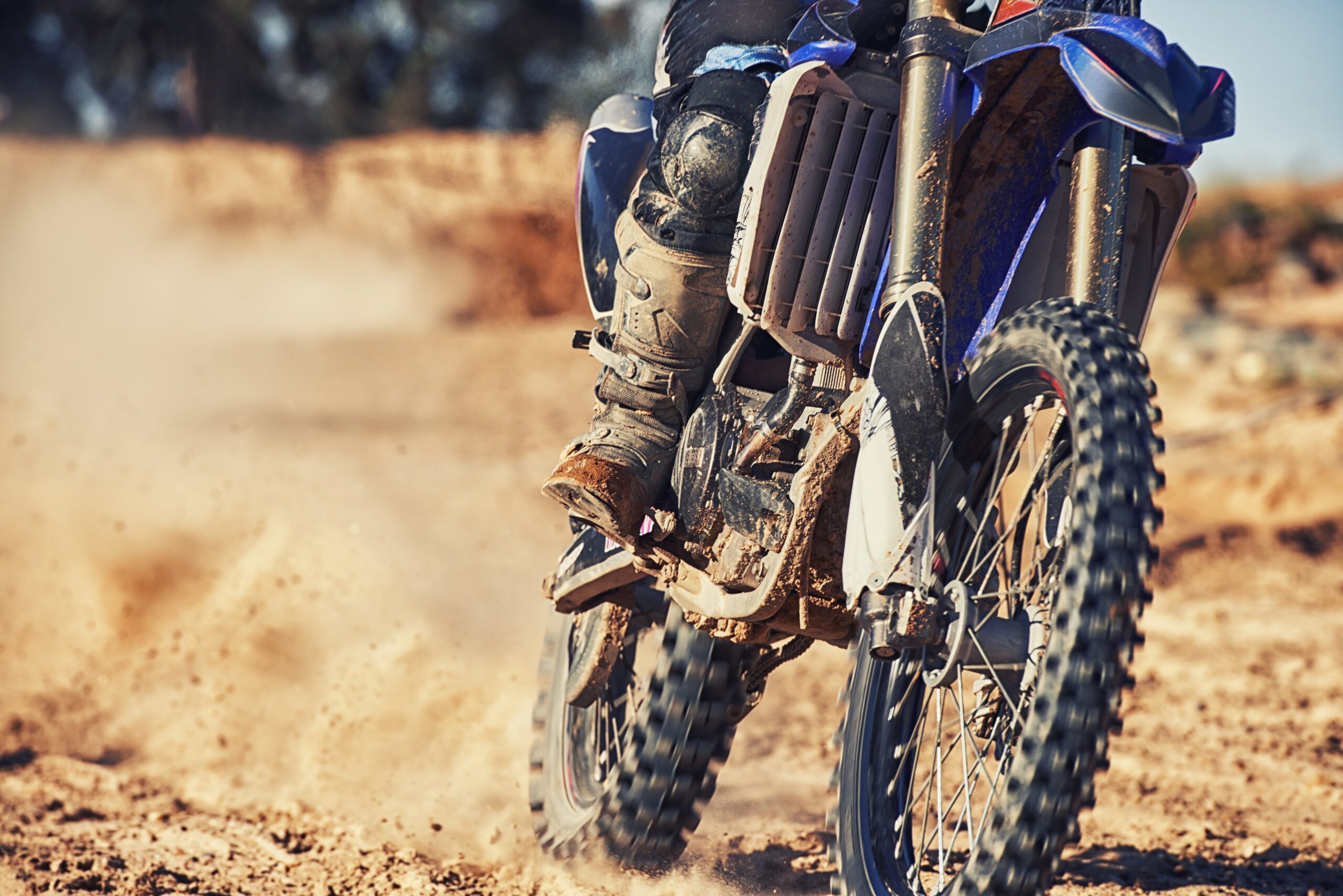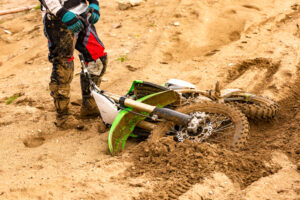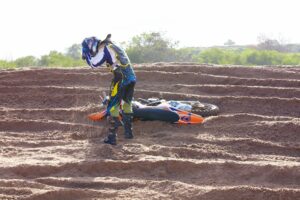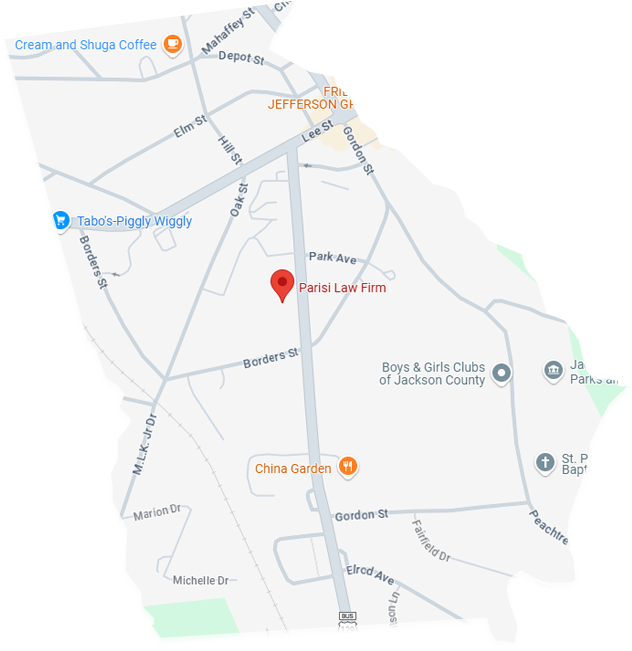
Understanding Liability in Dirt Bike Accidents on Trails
Dirt bike accidents can be thrilling yet dangerous, with riders facing potential physical injuries and legal implications. If you’re involved in a dirt bike accident while on a trail, understanding how liability works is crucial in determining your rights and possible compensation.
This blog explores the intricacies of liability in dirt bike accidents, providing insights into the factors that influence legal responsibility and steps you can take to protect yourself. Whether you’re a seasoned rider or new to the trails, knowing your liabilities and rights can make all the difference after an unexpected incident.
The Basics of Liability in Dirt Bike Accidents
Liability in legal terms refers to the responsibility one party holds for causing harm to another. When it comes to dirt bike accidents on trails, liability is often complex due to the inherent risks associated with off-road sports and the variety of factors contributing to accidents.
Determining fault or negligence plays a significant role in defining who is liable for the damages. Factors such as reckless driving, trail conditions, equipment failure, or lack of proper signage can influence the outcome.
The Primary Types of Liability
- Rider Negligence
If a rider acts recklessly or fails to observe trail rules and subsequently causes harm to another person, they can be held liable. For example, speeding, ignoring posted signs, or attempting dangerous maneuvers can point to individual negligence.
- Trail Maintenance Responsibility
Poorly maintained trails with inadequate signage, hidden hazards, or structural issues may result in liability being placed on the entity responsible for maintaining the trail, such as park authorities or private landowners.
- Manufacturer Defect
If a dirt bike accident occurs due to a mechanical issue stemming from a manufacturing defect, the manufacturer or seller could be held responsible. This includes issues with brakes, tires, or other components.
- Shared Liability
Dirt bike accidents often involve shared liability, where fault is distributed among multiple parties based on their level of responsibility. For instance, two riders colliding after one ignores a trail rule while the other is traveling above the speed limit may lead to shared liability.
How Does Liability Apply on Private vs. Public Trails?
Where the accident occurs can have a significant impact on liability. Here’s how public and private trails may differ:
Public Trails
Public trails are typically managed by government entities or municipalities. Liability can fall upon these entities if hazards or unsafe conditions caused the accident. However, many public trails include legal disclaimers, such as “use at your own risk” signage, to limit their responsibility.
Private Trails
On private land, liability often rests with the property owner. If the owner fails to warn riders of known hazards or maintain safe conditions, they could be held accountable. However, some private trails may require riders to sign liability waivers, limiting the owner’s responsibility in the event of an accident.
Common Causes of Dirt Bike Accidents
Identifying what caused the dirt bike accident is critical in determining liability. Here are some of the most common factors:
- Reckless Riding Behavior
Riders attempting stunts, speeding, or ignoring safety protocols.
- Poor Trail Conditions
Uneven terrain, obstructed paths, or lack of warning signs.
- Equipment Malfunctions
Issues such as brake failure or tire blowouts.
- Collisions with Other Riders
Accidents caused by one rider’s negligence.
Understanding these causes helps in identifying who could be held responsible.
Proving Negligence in a Dirt Bike Accident
To succeed in a claim involving a dirt bike accident, you typically need to prove negligence. Negligence occurs when an individual or entity fails to act with reasonable care, leading to injury or damage. Proving negligence involves four primary elements:
- Duty of Care
Establish that the party owed you a duty to act with reasonable care. For example, riders must operate their bikes safely, while trail owners are responsible for maintaining safe conditions.
- Breach of Duty
Show that the responsible party breached this duty, such as by riding recklessly or failing to repair hazardous conditions.
- Causation
Provide evidence that the breach of duty directly caused the accident.
- Damages
Demonstrate that the accident resulted in measurable damages, including medical expenses, lost wages, or pain and suffering.
What to Do After a Dirt Bike Accident
If you’re involved in a dirt bike accident, taking the following steps can help protect your legal rights and strengthen your case:
- Seek Medical Assistance
Your health is the top priority. Even if injuries seem minor, consult medical professionals to ensure proper care.
- Document the Scene
Take photos of the trail conditions, your injuries, and your dirt bike. This documentation can serve as valuable evidence later.
- Gather Witness Information
If others witnessed the accident, collect their contact details. They may provide crucial statements during a liability investigation.
- File an Accident Report
On public trails, report the incident to the managing authority. Include all relevant details and stick to factual information.
- Consult a Personal Injury Lawyer
A personal injury lawyer familiar with dirt bike accident cases can guide you through the legal process, ensuring you pursue the compensation you deserve.
How a Personal Injury Lawyer Can Help
Navigating the legal complexities of a dirt bike accident can be overwhelming, especially when recovering from injuries. Working with an experienced personal injury lawyer can make all the difference. Here’s how they can assist:
- Investigating the Incident
A lawyer will gather evidence, interview witnesses, and analyze trail conditions to build your case.
- Establishing Liability
Your attorney will identify all responsible parties, whether it’s another rider, a trail owner, or a manufacturer.
- Negotiating Fair Compensation
From medical bills to lost income and pain and suffering, your lawyer will fight for fair compensation.
At ParisiLaw Firm, we specialize in personal injury cases, including dirt bike accidents. With our extensive experience, we can help you secure justice and maximize your compensation.
Taking the Next Step
Understanding liability in dirt bike accidents is essential for protecting your rights and seeking justice. No one should face the aftermath of an accident alone, especially when legal complexities are involved. Whether you’re dealing with injuries, financial losses, or emotional trauma, the support of an expert personal injury lawyer is invaluable.
Have questions or need guidance after a dirt bike accident? Contact Parisi Law Firm today for a free consultation. We’re here to help you get back on track.





